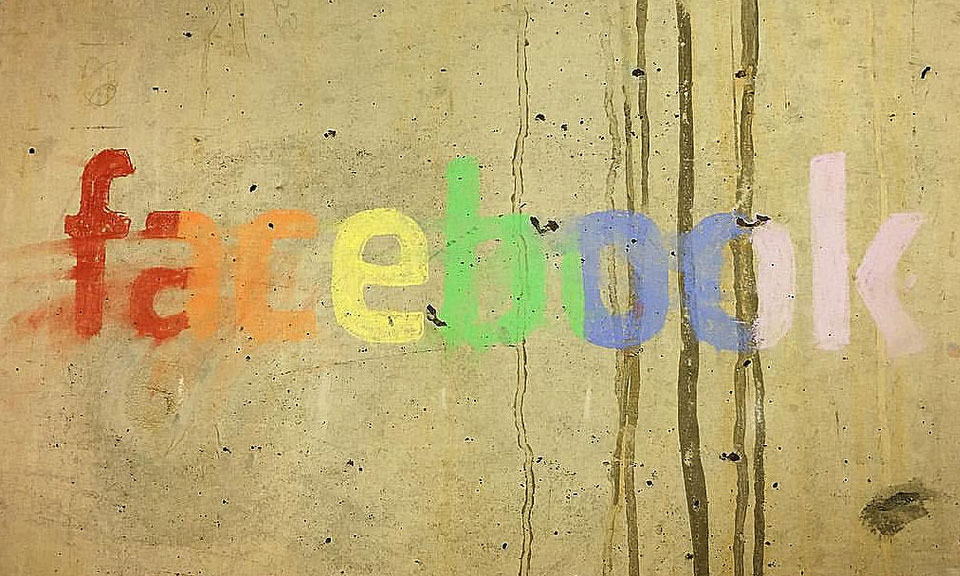
On Social Media, Your Brand Is a Second-Class Citizen
And that's not necessarily a bad thing. Facebook's recent controversy involving its trending topics is yet another sign that brands aren't in the driver's seat on social networks. Who is? Well, for starters, the members who make up your organization.
Last week was a weird one for Facebook users—and those trying to read the tea leaves of social media.
On Monday, the social network was accused by a Gizmodo report of going out of its way to ignore conservative news outlets like Breitbart and The Drudge Report in its trending topics section, which the Gawker Media outlet had recently revealed was run by contractors, not algorithms. (Almost immediately after the reports surfaced, I noticed a sudden rise in conservative news on the sidebar. Coincidence?)
Facebook denied the claims, which chewed up a certain level of the news cycle for a few days, and later published the process [PDF] it uses to pick those stories, in an effort to build transparency. Facebook founder Mark Zuckerberg pledged to meet with conservative commentators and media outlets to ensure they weren’t being left out by the social network. Glenn Beck, the owner and publisher of The Blaze, has already signed on for a meeting.
“If we find anything against our principles, you have my commitment that we will take additional steps to address it,” Zuckerberg wrote in a post last week.
The transparency is welcomed, though as Gizmodo wrote in a response, it was an admission that its trending topics section is not actually driven by an algorithm, as was previously assumed.
The revelation is a start. As I noted when I wrote about BuzzFeed‘s watermelon incident a month ago, the network is stunningly opaque about its decision-making process, and that is leading some media outlets to change their formats to remain in the social network’s good graces. Those constant shifts ultimately make Facebook less useful and worthwhile for marketers that don’t have the budgets or resources to keep up—such as associations.
But still, the transparency only goes so far. For all the criticism Twitter has gotten in the past year (mostly from Wall Street), regular users of that network ultimately have a basic understanding of why certain things show up in your feed. But Facebook has remained a black box—a constantly shifting platform that seems totally indecisive about what it actually wants to show you.
Our favorite apps, social networks and products are all going to change. Change is necessary for survival and innovation.
Friends First, Brands Second
So it was fascinating when I ran across a piece on Buffer’s blog that suggested the real reason Facebook and other social networks are obsessed with changing things constantly—because they want to constantly juice user engagement.
This sounds unusual. Don’t people leave social networks because of huge changes like those Facebook is known for? Well, in a lot of cases, they do—but Facebook has found a way to make it work. (It changes things all the freaking time.)
Buffer’s Ash Read cites a study from the Swiss Federal Institute of Technology, which found that a lot of Facebook’s early competitors (MySpace, Friendster, Orkut) struggled to maintain their influence over users as the sites became more complicated and saturated with advertising—which led users to move on to other networks.
“As networks grow, they become more cluttered and we begin to miss out on some of the most relevant content from our favorite accounts and closest friends,” Read noted. “This is a problem for social networks.”
The secret of Facebook and its subsidiary Instagram, Read argues, is that they’ve ultimately managed to stay strong by keeping the focus on friends rather than the heavy amount of marketing that’s always taking place on the platform. As a result, the first thing you’ll see when you load up your feed will often be someone in your friends list getting married, getting a new job, or having a kid—because it keeps the focus on your friends, not the brands you follow. The engagement, as a result, is far deeper than you ever found on MySpace.
That means that media outlets and brands are ultimately always going to be treated as second-class citizens on the platforms, despite the fact they help the networks make money. Simply put, if the users don’t care anymore, the marketing slowly loses influence.
“Our favorite apps, social networks and products are all going to change. Change is necessary for survival and innovation,” Read explained. “Sometimes the change will sit well with us, overtimes it may not. But, as marketers, the key learning here is that we need to adapt to these changes if we want to continue to maximize the potential of social networks.”
Social Alone Isn’t Enough
An equally telling piece of data came from a recent study by Digital Content Next (DCN), an online publishing trade group. According to Digiday, the group’s research (done in tandem with Magid Research) found that 43 percent of people who click on a story weren’t aware of the brand they were viewing when doing so. While more than half were already aware of a given brand, the fact that such a huge percentage of people weren’t aware suggests that social media has a brand-recognition challenge.
DCN CEO Jason Kint nonetheless characterized the news as positive for his members, along with other established brands, as it means that social media users are more likely to stick with what they know.
“At least more than half the time, they’re seeking out brands they trust and know,” he said. “The trust of the brand is critical as to whether they click on content.”
This, to me, suggests a significant problem for establishing a brand on social media alone—because, ultimately, if users are constantly landing on random outlets that they’ve never heard of, there’s little that’s going to create lasting engagement based on social media alone. If you’ve been reading the New Yorker for 20 years, you’re probably going to stick with the New Yorker online. Simple as that.
The treadmill is a lot higher when people don’t know who you are; you’re going to be stuck keeping up with trends, constantly introducing yourselves to new people, many of whom won’t stick around. And ultimately, those most likely to succeed with social media are those who have an existing audience to maintain—rather than those who are starting entirely from scratch.
To me, this suggests another strategy for tackling social media that hasn’t been embraced nearly as much as it perhaps should be—the idea of turning your members into advocates for your messages, to drum up the word of mouth. The excitement translates, and that’s ultimately where the battle for engagement is going to be won—not because you’re getting a lot of shares, likes, or retweets.
Ultimately, as membership-based organizations, it’s the members who should do the lifting with associations—online or off. How do you convince your members to advocate for you like it’s second nature?
(Ian Adams/Flickr)






Comments